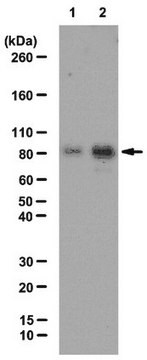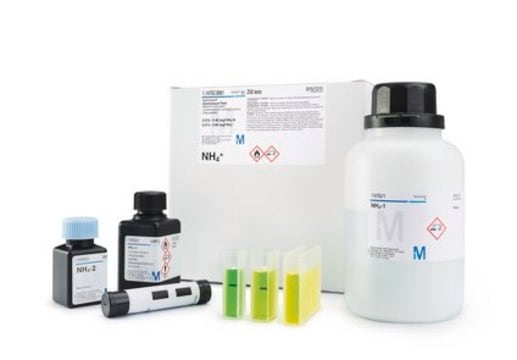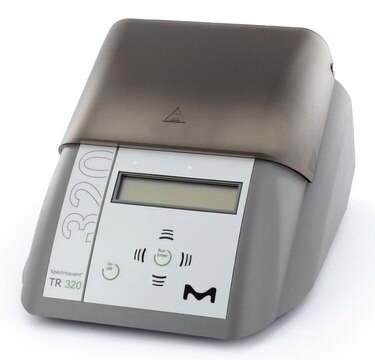ABT1378
Anti-Acetyl Cortactin (Lys309)
from rabbit
Sinónimos:
Amplaxin, Oncogene EMS1, Src substrate cortactin
About This Item
Productos recomendados
origen biológico
rabbit
Nivel de calidad
forma del anticuerpo
affinity isolated antibody
tipo de anticuerpo
primary antibodies
clon
polyclonal
reactividad de especies
monkey
reactividad de especies (predicha por homología)
human (based on 100% sequence homology)
técnicas
immunofluorescence: suitable
western blot: suitable
Nº de acceso NCBI
Nº de acceso UniProt
Condiciones de envío
ambient
modificación del objetivo postraduccional
acetylation (Lys309)
Información sobre el gen
human ... CTTN(2017)
Descripción general
Especificidad
Inmunógeno
Aplicación
Cell Structure
Western Blotting Analysis: A representative lot detected Acetyl Cortactin (Lys309) in transfected COS-7 cells (Ito, A., et. al. (2015). Sci Signal. 8(404):ra120).
Immunofluorescence Analysis: A representative lot detected Acetyl Cortactin (Lys309) in COS-7 cells treated with or without Trichostatin and Nicotinamide (Ito, A., et. al. (2015). Sci Signal. 8(404):ra120).
Calidad
Western Blotting Analysis: A 1:1,000 dilution of this antibody detected Src substrate cortactin in lysates from COS-7 cells stimulated with Trichostatin (1 mM) and Nicotinamide (5 mM).
Descripción de destino
Forma física
Almacenamiento y estabilidad
Handling Recommendations: Upon receipt and prior to removing the cap, centrifuge the vial and gently mix the solution. Aliquot into microcentrifuge tubes and store at -20°C. Avoid repeated freeze/thaw cycles, which may damage IgG and affect product performance.
Otras notas
Cláusula de descargo de responsabilidad
¿No encuentra el producto adecuado?
Pruebe nuestro Herramienta de selección de productos.
Código de clase de almacenamiento
10 - Combustible liquids
Clase de riesgo para el agua (WGK)
WGK 2
Certificados de análisis (COA)
Busque Certificados de análisis (COA) introduciendo el número de lote del producto. Los números de lote se encuentran en la etiqueta del producto después de las palabras «Lot» o «Batch»
¿Ya tiene este producto?
Encuentre la documentación para los productos que ha comprado recientemente en la Biblioteca de documentos.
Nuestro equipo de científicos tiene experiencia en todas las áreas de investigación: Ciencias de la vida, Ciencia de los materiales, Síntesis química, Cromatografía, Analítica y muchas otras.
Póngase en contacto con el Servicio técnico







